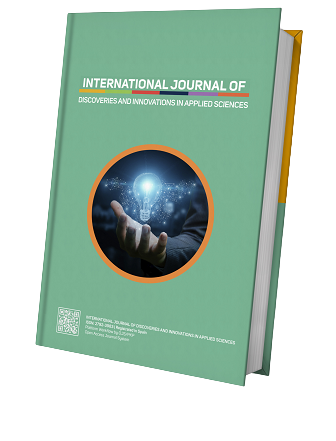Phytochemical Analysis of Medicinally Important Plants Solanum Surattense and Citrullus Colocynthis
Keywords:
Citrullus colocynthis, Solanum surattense, phytochemical screening, medicinal plants, extractsAbstract
Medicinal plants are unique in having the ability to produce diverse chemical compounds with remarkable biological activities. Investigations of medicinal plants resulted in the discovery of a large number of bioactive compounds with excellent therapeutic properties. Solanum surattense, a perennial wild growing medicinal herb, is widely used in the traditional medicine. Exhaustive literature availability reveals the presence of phytochemical compounds from different plant parts like roots, stem, leaves, fruits, and seeds reported to possess a wide range of pharmacological activities like hepatoprotective, cardioprotective, antiasthmatic and mosquito repellents properties. Intensive investigation on phytochemical constituents resulted in isolation of alkaloid and steroidal compounds solasonoine, solamargine, campesterol, and diosgenin. Evaluation of therapeutic activity of isolated compounds proved as potent ones with reference to the standard. Current literature on the pharmacological activity of S. surattense confirms the scientific validation of folklore claims and its traditional use to cure various ailments. Present review is undertaken to summarize all the available information on pharmacological activities, which provide a baseline support for further exploration of its unexplored therapeutic effects like immunomodulation, antipiles activity, antianaphylactic activity, and sexual behavior claimed by folklore.
Phytochemical screening of different extracts from Citrullus colocynthis (C. colocynthis) seeds extracts and to assess their antioxidant activity on the DPPH free radical scavenging. None of these extracts contained detectable amount of alkaloid, quinone, antraquinone, or reducing sugar. Catechic tannins and flavonoids were abundant in E1, HM and EA, whilst terpenoids were abundantly present in E1 and n-B but only weekly in HM. Coumarins were found in E2, EA and n-B. Polyphenols, expressed as gallic acid equivalent, amounted, per 100 g plant matter, to 329, 1002 and 150 mg in EA, HM an E1 respectively. Flavonoids, expressed as catechin equivalent, amounted, per 100 g plant matter to 620, 241 and 94 mg in EA, HM and E1 respectively. Comparable values were found in n-B and E1, with lower values in E2. Quercetin, myricetin and gallic acid were found in the EA and HM extracts by thin layer chromatography, The antioxidative effect of these extracts yielded, when tested at a concentration of 2 000 µg/mL in a 1,1-diphenyl-2-picrylhydrazyl assay, a reducing percentage of 88.8% with EA, 74.5% with HM and 66.2% with E1, and corresponding IC50 of 350, 580 and 500 µg/mL as compared to 1.1 µg/mL for ascorbic acid.




